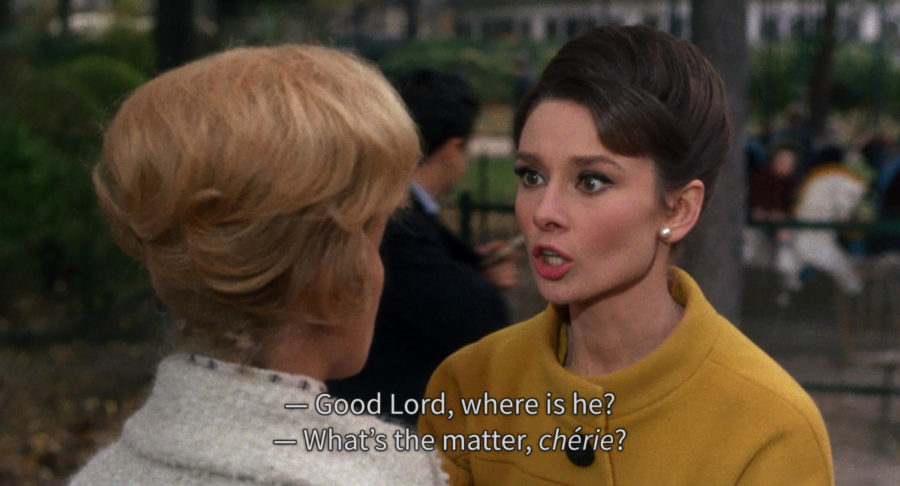In Defense of Subtitles
provided via Wikimedia Commons
Subtitles might provide you with a better experience watching “Charade” (1963), directed by Stanley Donen.
June 13, 2019
Have you watched a YouTube video or episode of your favorite show with subtitles or closed captions at least once? Maybe it’s to watch sports and reading the scores of previous games, or watching an anime but it wasn’t translated yet or it’s too underrated to be translated at all. Perhaps it’s as simple as watching your favorite shows in public without being a disturbance.
People use subtitles to multitask. For example, you could be working on an editorial like this one and watching your favorite show as you’re reading what they’re saying instead of being distracted by the sounds of guns blazing. You could be watching a movie with your family but it’s not something you’d want to watch, so you hide your phone behind your arm and watch your shows without being a disturbance.
Most anime does not have official released dubs other than Japanese until months or even years. No one wants to wait that long while the dubs take their sweet time translating. Why should you wait just because you feel too lazy to read a couple words? Maybe you’d just prefer the language you’re most comfortable with because you don’t want to hear the Japanese voice actors screaming in your ear.
What would you do if your friends are watching the same thing, but watch ahead as you’re waiting for the dubbed version to come out? I’d watch the show in subtitles instead of waiting about a year until the dubs come out.
Some believe that watching anime in subtitles captures more. “I’d probably stop watching anime altogether if subtitles didn’t exist,” said anime fan Edu Perez, freshman. “Subtitles capture the intent and the emotions of the anime characters. In dub they can’t capture it as much as the subs.”
Subtitles grant us to read what the characters are understanding, despite the language spoken. If you can’t read faster than how they’re speaking, just pause the video and read the words spoken that you can’t clearly understand, if at all. Very nifty indeed, especially if you’re using Hulu or Netflix as you’re streaming site; the captions stay when paused, unlike how they don’t on YouTube.
If you play video games, the settings at the beginning of the game gives you the option to turn on or off subtitles. Maybe you’d feel more comfortable reading, or perhaps you’d like to learn the language without learning from a translator.
In certain circumstances, we don’t have language barriers. On YouTube, if you’re watching that one video foreign in a different language, it’s easy to go to the setting and generate the language requested for you to understand.
In the end, subtitles have served as our resource of foreign interactions outside of our country. Subtitles also serve as our entertainment beacons to understand plot and feelings between the characters/people you’re watching from a different culture and language.


